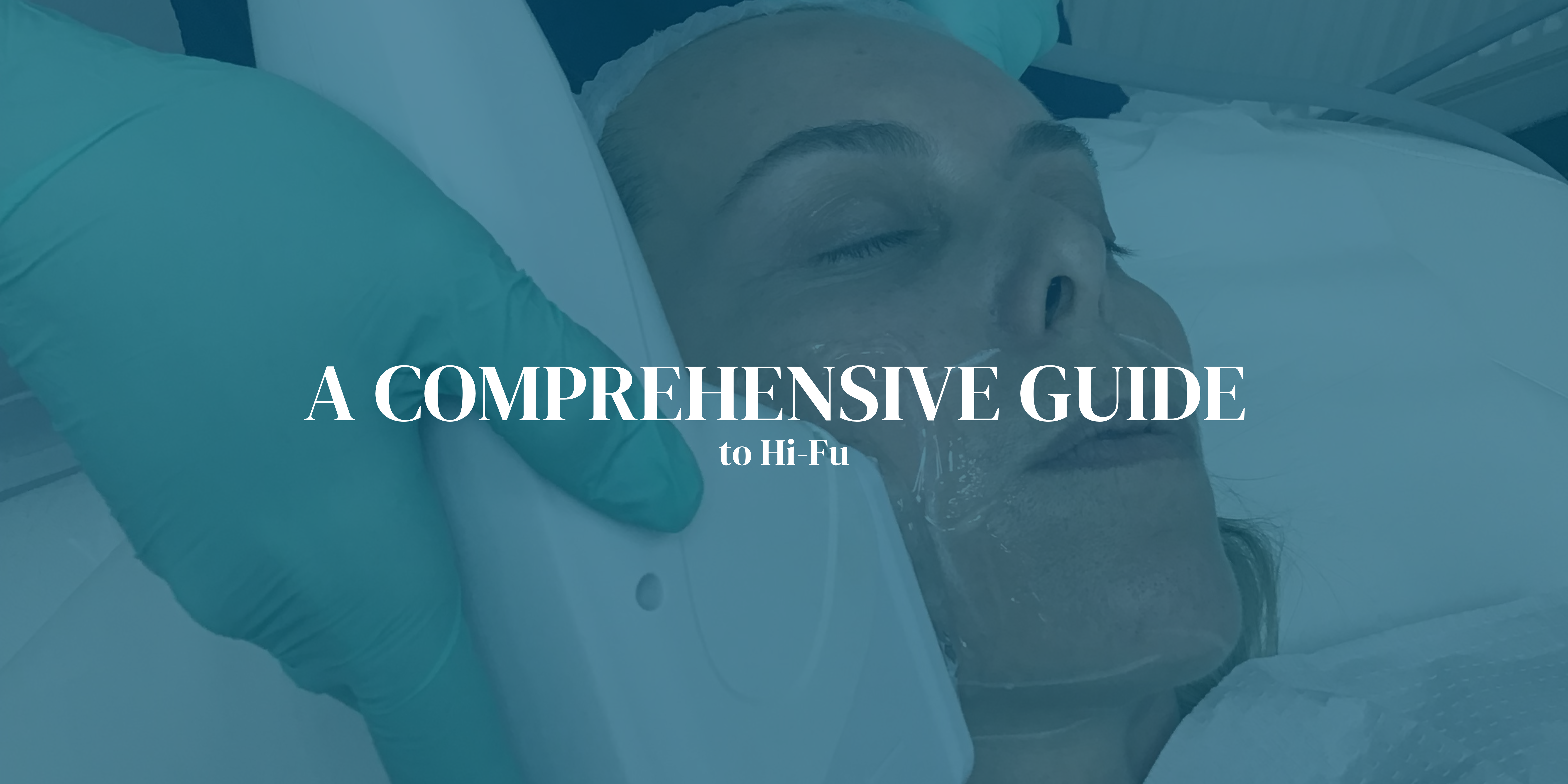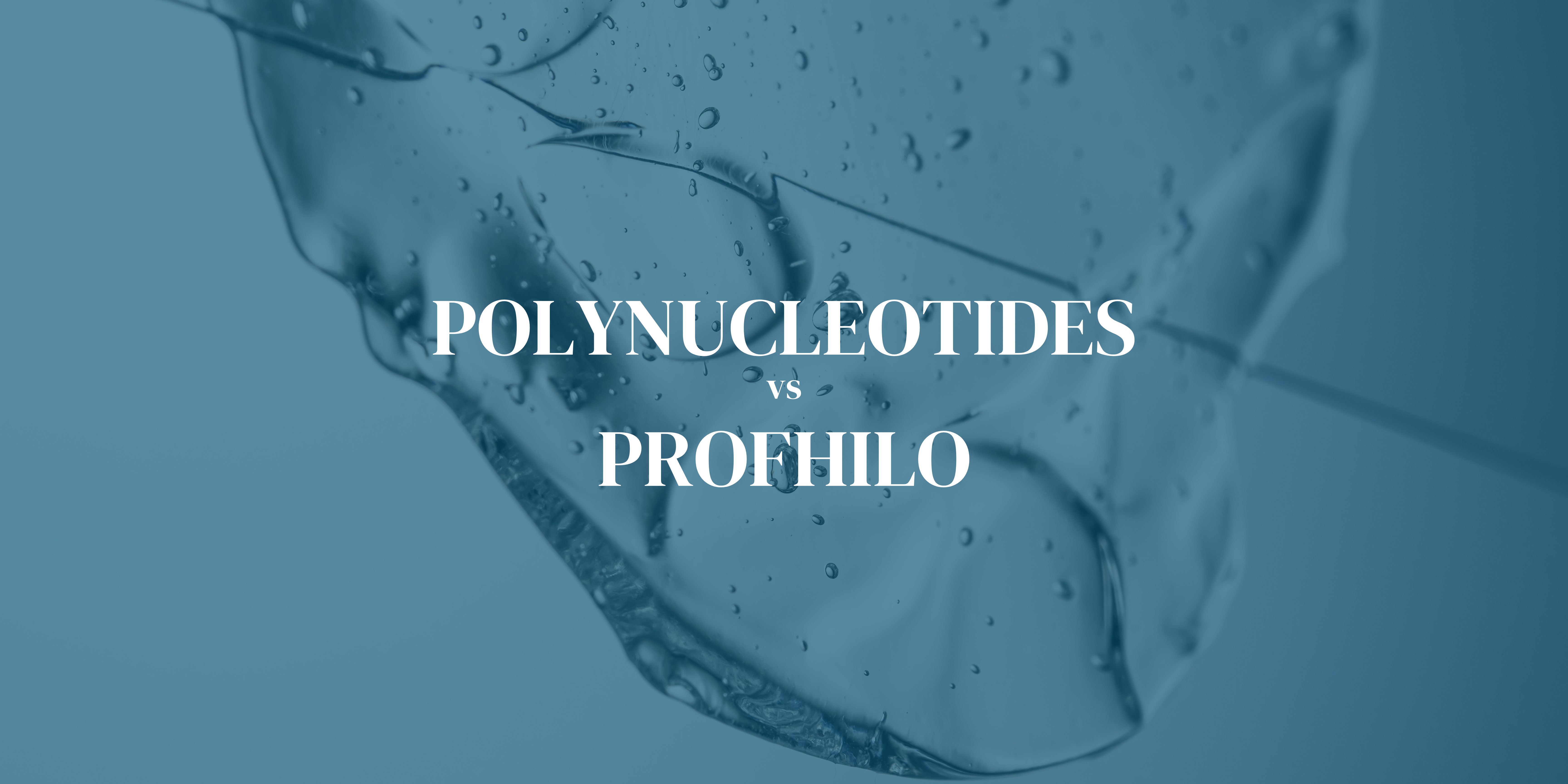Reason 1 – The photothermal effect

This is where all tattoo removal starts for any tattoo.
A common misconception is that the laser beam acts like a hammer to smash the tattoo particles into small pieces.
What really happens is that the strong light shining on the lit side of the particles heats just that side.
If the particles are heated quickly enough and hot enough the heated side expands faster than the side in the shade and the particle breaks.
As the particles get smaller it is easier for the heat on the lit side to conduct through to the unlit side and both sides expand more equally. With the result, the particles do not break.

The answer to this problem is to heat the lit side faster which requires more power. But more power also means more heat which is not good for the skin. So we not only need more power we also need the power to be applied faster and for a much shorter time.
A 300 picosecond laser has pulses up to 150 times shorter than the cheapest passive lasers and even 16 times shorter that the machines considered the gold standard just 3 years ago. Plus they have much more power.
Without the initial photothermal effect no tattoo removal with take place and for optimal tattoo removal, picosecond power is essential. This is why cheaper, slower tattoo removal lasers start off well but run out of steam as the tattoo fades.
Reason 2 – The problem with colour
All materials including tattoo particles absorb light differently. Some colours are easily absorbed and it is these colours the laser beam ideally needs to match in order to transfer heat into the particles.
If there is a perfect match then there will be maximum absorption of light /energy. Therefore in an ideal tattoo removal laser it should have many beam colours to choose from but that would be far too expensive for a commercial machine and most machines are limited to 2 or 3 colours.

Consequently, the further the laser beam is from an ideal match the weaker the tattoo removal effect. This results in certain colours being difficult to remove, typically yellow, green and some shades of blue.
This is another area where the much higher peak power of the fast picosecond machines has a big advantage. With peak power up to 16 time higher than the previous gold standard machines.
In the adjacent diagram a vertical line labelled 532 represents one of the common laser colours.
As you can see it is well tuned to red and orange but the absorption by yellow pigment is very weak and, in that case, much higher power will enable the laser to still be effective.
Reason 3 – The photoacoustic effect – Also called the photo mechanical effect.
As stated earlier all tattoo removal must start with the photothermal effect. There absolutely must be a component within the tattoo colour that responds well enough to the colour of the beam being used to cause some particles to break and as they do they release a microscopic shock wave that travels through the skin.

At a cellular level this wave has a long reach and will typically lose 50% of its energy in 0.3mm.
Therefore the effective range depends upon the initial power of the shockwave, which is also proportionate to the initial power of the beam.
Within the shockwave range particles of any colour will be shattered.
This effect enables a wider range of tattoo inks to be treated and crucially overall much less energy needs to be deposited into the skin.
Reason 4 – Less Tissue Damage
With all the talk of power and shattered particles you are probably wondering what effect all this will have on your body.
At a microscopic level there will be some mechanical damage caused by the shattered particles and the shockwaves, but this type of microscopic damage readily heals itself.
Of more concern is potential heat damage and again that is where the higher power of a picosecond machine is a big advantage.
The adjacent diagram compares a pulse from a 500-picosecond machine to the pulse from a 5 nanosecond machine, which was until recently the gold standard.

The area under each graph is the same and that is the amount of heat delivered.
But to breakdown the tattoo particle we need to reach a therapeutic power level which is a limitation of the machine design.
In the diagram the picosecond pulse could be reduced by almost 90% which would reduce the heat by a similar amount and yet it would still reach the therapeutic power level. By only using the amount of heat (energy) we need to use to be therapeutic we are greatly reducing the amount of heat in the skin and therefore the risk of heat damage.
In the example shown, if we reduced the 5ns pulse power by even a small margin it would NEVER reach the therapeutic threshold. None of the particles would ever shatter and no photoacoustic wave would ever be generated. In fact, all we would achieve is heating the skin which could in the more adverse circumstances lead to skin damage.
The slower the laser pulse the greater the risk of skin damage simply because so much heat is being delivered into the skin. For example where with a 300picosecond laser we might be using 0.5 Joules /cm2 (a measure of heat delivered per square centimetre) a 50ns laser would already be unable to treat further and be delivering over 8J/cm2 which would be starting to damage the skin.

One of the biggest risks in tattoo removal is a slow low power machine in inexperienced hands. This inexperienced operator is not aware that their machine has reached its therapeutic limit and they have kept on pouring more heat into the skin with disastrous results.
The therapist has tried to remove this tattoo with totally the wrong machine. The result is massive scarring and the tattoo ink is still present.
A terrible result that stems from a lack of training, the wrong machine and poor regulation.
If you’re looking to bid farewell to your unwanted tattoo, don’t underestimate the significance of laser power. Consult with the experts at Cosmex Clinic today and experience the transformative power of the picosecond laser for yourself.




